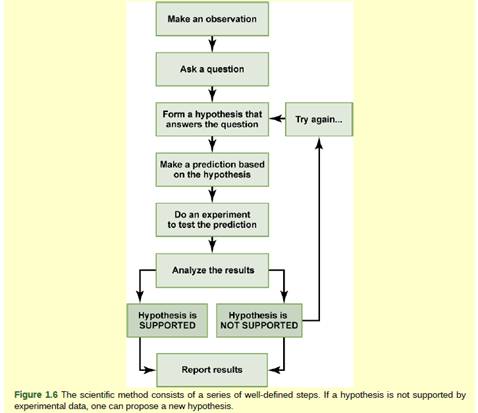Figure 1.6 In the example below, the scientific method is used to solve an everyday problem. Order the scientific method steps (numbered items) with the process of solving the everyday problem (lettered items). Based on the results of the experiment, is the hypothesis correct? If it is incorrect, propose some alternative hypotheses.
- Observation
- Question
- Hypothesis (answer)
- Prediction
- Experiment
- Result
- There is something wrong with the electrical outlet.

To write:
The given hypothesis is based on the observation and tries to solve the problem that comes in daily life.
Introduction:
The scientific test allows us to determine the occurrence of any phenomenon occurring in nature as well as our day to day life. The scientific experimentation needs a hypothesis to test, which can be correct or incorrect. The test of the results determines whether the proposed hypothesis can be accepted or not.
Explanation of Solution
Observation: The observation is the visible or observable record, which is the outcome of the tests performed. Hence, the observation would be that my toaster does not toast my bread and my coffee maker does not work. Hence, the sentences (c) and (e) are the observations.
Question: The question is something, which is asked, in order to find a solution. In this case, the question would be why doesn’t my toaster work? Hence, the sentence (f) is the question.
Hypothesis (answer): Hypothesis is the predicted result, which is testable. The hypothesis, in this case, is there is something wrong with the electrical outlet. Hence, the sentence (a) is the hypothesis.
Prediction: The prediction is an assumption made in order to perform the experiment related to the hypothesis. In this case, the prediction can be If the outlet is not working properly, my coffee maker won’t work when plugged in. Hence, the sentence (b) is the prediction.
Experiment: The experiment is the test performed by the person to test the hypothesis. In this case, the experiment is plugging in the coffee maker to test if the outlet is working or not. Hence, the sentence (d) is the experiment.
Result: The result is the outcome of the experiment. In this case, the coffee maker works are the result. Hence, the sentence (e) is the experiment.
As the hypothesis about the electrical output is not working is incorrect and it is proved by testing the coffee machine, hence, this hypothesis cannot be accepted. The possible hypothesis can be that there is something wrong with the toaster.
The hypothesis given by the person about the electrical output is incorrect. Hence, it cannot be accepted. The person thinks that the toaster is not working due to the problem with electrical output, it is proven to be incorrect by testing the coffee machine. Hence, another hypothesis, which suggests some problem with the toaster can be correct.